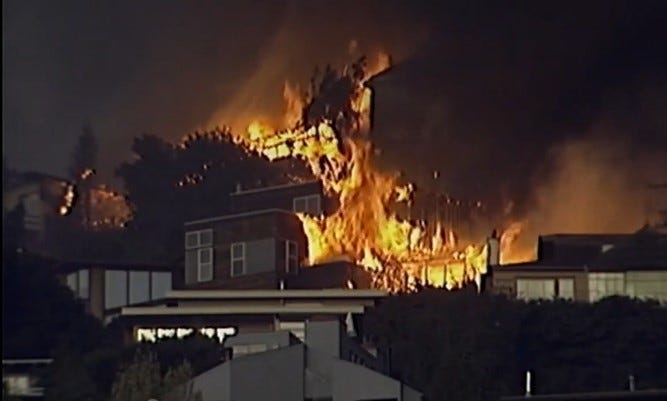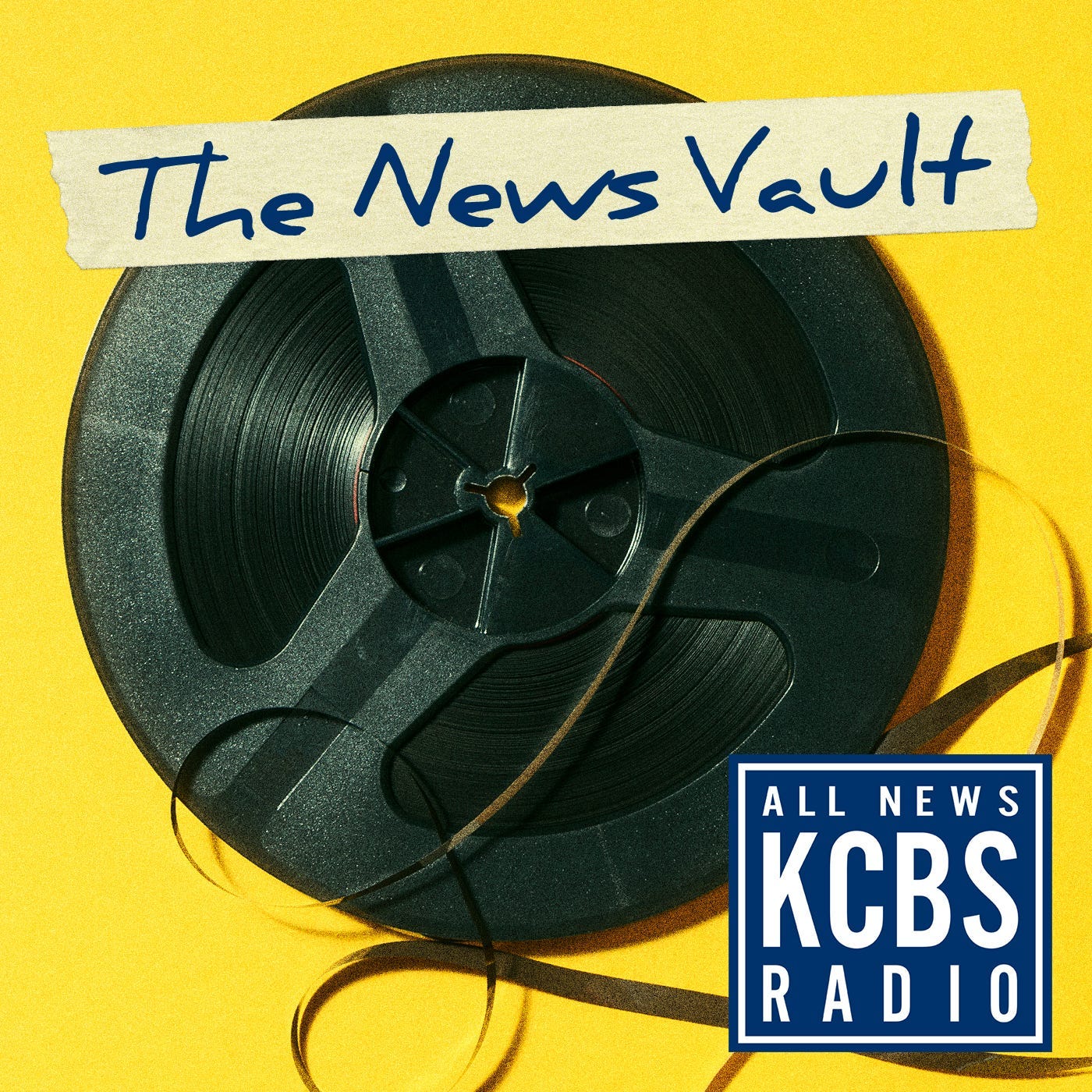
As wildfires ravaged California over this past summer, residents of the Bay Area suffered through poor air quality and rolling PG&E power shutoffs.
But on Tuesday, one a little closer to home is remembered to have not only have irrevocably changed the Oakland and Berkeley Hills but also disaster response across the country, 30 years ago to the day.

Three decades ago, the Tunnel Fire started as initially a small grass fire, quickly extinguished by firefighters on Saturday, Oct. 19, 1991.
But despite best efforts, embers remained.
In the course of the next 24 hours, winds ignited the embers into flames which quickly ate through the dry brush and nearby trees, spreading to residences. Those flames went on to destroy nearly 3,500 homes and apartments and kill 25 people.
"It's chaos, it's frightening, you don't know if you're going to live or die," said Oakland Fire Safe Council President Sue Piper, a survivor of the Tunnel Fire who has dedicated much of her life to helping people prepare for disaster.
The tragedy illuminated the inconsistencies in communication and standards between the state’s various departments and agencies equipped with first responders. In an effort to prevent a mistake of this magnitude from occurring in the future, officials revamped the response to major disasters in California and throughout the country.
"We realized we all didn't communicate really well, and we really needed to form these regional partnerships," said East Bay Regional Park District Fire Department Chief Aileen Theile.
A nationalized incident command structure was created, which enabled various agencies to communicate and collaborate in the face of disasters.
"Now, really anywhere you go in California or in the United States, you're seeing the same type of structure," said Berkeley Fire Assistant Chief Keith May. "And that has all been stemming from 1991."

California officials learned a valuable lesson as well. The entire strategy for fighting fires went back to the drawing board to be completely overhauled – from small changes, like ensuring that connections to hydrants were standardized, to big practice changes, like firefighters now observing hot spots to prevent reignition.
"Because of '91, you have a lot more agencies making sure that fire is out," said May.
The disaster changed the community as well. Not wanting to stand idly by after the fire, groups were created, like the Oakland Fire Safe Council, to share the stories from the incident 30 years ago to make sure its lessons are not lost to time.
"I think the fire zone, maybe, two-thirds of the people that live here now were not here in 1991," said Piper. "They know there was a big fire but they don’t feel it with their gut."

